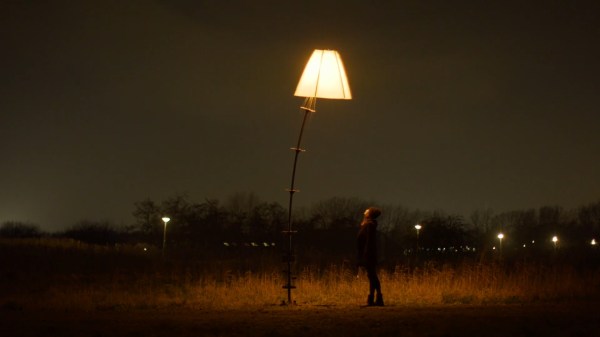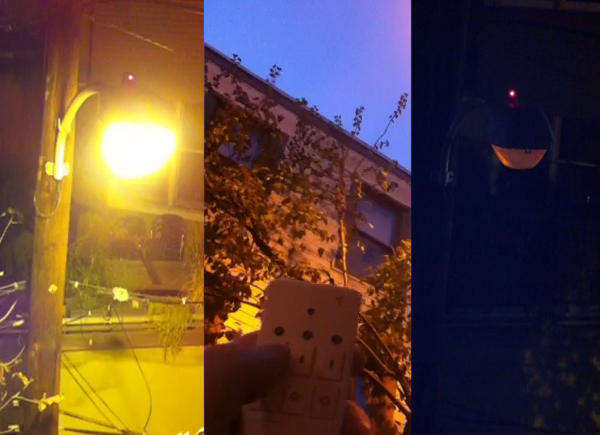Regular streetlights are all well and good, bathing us in the glow of their sodium, or more increasingly LED, lamps. They’re mostly rigid metal contraptions installed primarily for public safety purposes. They could be so much more, however, as the Bloomlight demonstrates.
The light consists of a flexible main stem, which can be pulled in different directions by six steel cables controlled by stepper motors. At the top, it has a shroud made of wooden slats and fabric that can bloom like a flower around its central lamp, thanks to a 3D printed mechanism. LIDAR is used to detect approaching humans, at which point the Bloomlight leans over towards them and begins to bloom open, showering them with light.
It’s a beautiful art piece from the Dutch design firm [Vouw], and one we’d love to see in person. The design reminds of this useful tentacle design. With that said, it could grow emotionally exhausting having to repeatedly ignore plaintively waving streetlights that crave human attention as you walk on through the night. Anthropomorphizing anything is usually a double edged sword.
Perhaps the neatest streetlight hack we’ve seen is way back from 2013 – using a laser diode to shut off a streetlight from a distance. Video after the break.
Continue reading “Shapeshifting Streetlights Are The Future We Want To Live In”














